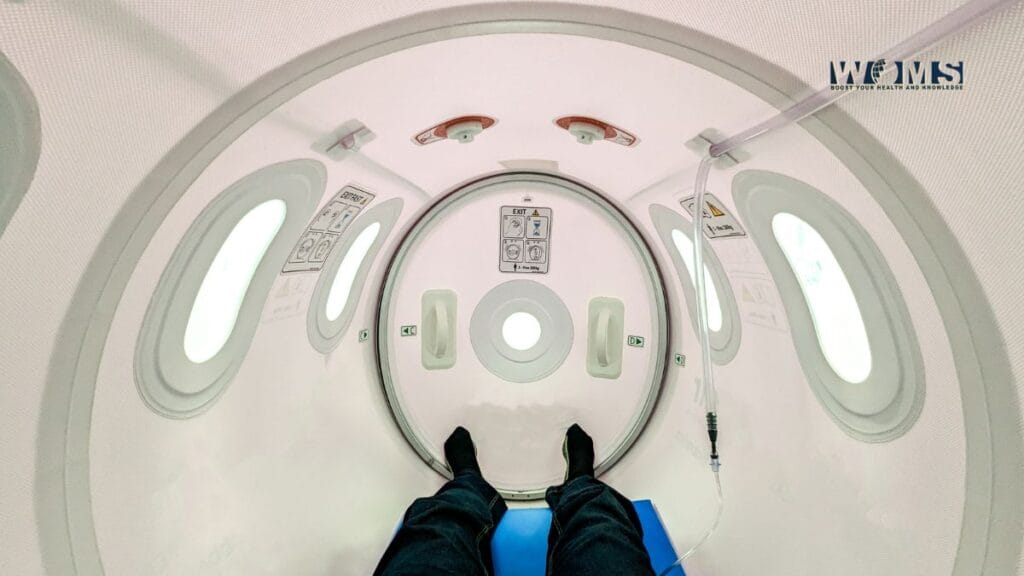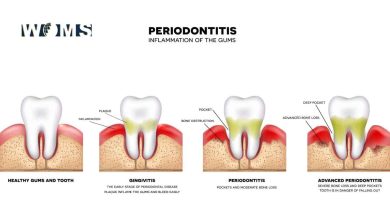How Hyperbaric Oxygen Therapy in Chicago IsSupporting Energy, Healing, and RecoveryNaturally

Healing tanks or vats are a staple of sci-fi shows and movies. They’re often shown holding the injured in a liquid solution to help them recover or even regrow lost limbs. While a nice technology to have, there’s no way it’s realistic, right?
Modern medicine just happens to have an equivalent known as hyperbaric oxygen therapy (HBOT). While the patient isn’t suspended in liquid, they’re placed in a chamber filled with 100% oxygen. This is different from everyday oxygen, which only comprises 21% of the air you breathe (the rest being nitrogen and other gases).
This procedure, which has been around as early as the mid-17th century, has proven to be effective in treating a range of health problems. Read more to learn how it works, what it’s and it isn’t used for, and, more importantly, if it’s right for you.
Breathing Nothing But Oxygen
Before anything else, it’s important to know that pure oxygen is dangerous to humans. The human body was never designed to handle pure oxygen at above-normal partial pressures. Medical experts say symptoms such as chest pain, coughing, and shortness of breath can manifest within 24 hours of inhaling the stuff. Worse, it can lead to pulmonary edema. (1)
If that’s the case, then how is HBOT saving lives? Two things.
First, the human body is equipped to deal with oxygen toxicity. The methods are a topic in their own right, but they boil down to making antioxidants (or processing antioxidant-rich foods) and initiating tissue repair. Experts say these methods are usually enough to protect your body during an HBOT session.
Second, a patient isn’t just inhaling oxygen but rather doing so in a controlled environment. Hyperbaric oxygen therapy in Chicago and other cities is done under the close supervision of trained professionals working in clinics like Bliss MD and using FDA-cleared equipment. To reduce the risk of oxygen toxicity, a treatment session is kept under 90 minutes.
Breathing is less efficient in supplying oxygen to cells because of the relatively low oxygen content in the air. HBOT ensures that you’re taking in nothing but oxygen, which results in more efficient oxygen delivery for hungry cells.
Conditions Treatable With HBOT
As of July 2021, the Food and Drug Administration (FDA) has cleared the use of state-of-the-art hyperbaric chambers for the following health issues: (2)
- Air/gas embolism (air or gas bubbles that block blood vessels)
- Severe anemia when blood transfusion isn’t an option
- Severe, extensive burns, preferably within the first 24 hours (3)
- Carbon monoxide poisoning
- Crush injury (caused by excessive force to one part of the body)
- Decompression illness, common when diving
- Gas gangrene, infection by Clostridium bacteria
- Sudden hearing loss without any clear explanation
- Severe skin and bone infection, such as osteomyelitis
- Injury caused by exposure to ionizing radiation
- Skin grafts or flaps at risk of necrosis or tissue death
- Sudden, painless vision loss due to blockage of blood flow
- Non-healing wounds, such as diabetic foot ulcers
Research on HBOT’s use for other diseases is ongoing. In one study, a team of researchers in the Netherlands discovered its potential for treating long COVID or health problems that persist long after being infected with COVID-19. (4)
However, until the FDA gives the all-clear, it pays to assume that HBOT isn’t suitable yet for treating conditions not on the list. The agency also stresses that there’s currently no proof of HBOT being effective against cancer, Lyme disease, autism, or Alzheimer’s disease. (2)
Who Can and Can’t Get It

As with any other treatment, HBOT isn’t for everyone. For starters, the procedure is a big no-no for people with pneumothorax or a collapsed lung. The high concentration of oxygen and altered pressure inside the hyperbaric chamber can worsen the leakage of air from the lungs. The condition should be treated first. (5)
Other conditions, while also red flags, can still receive HBOT after a thorough assessment by the professional. Some of these include: (5)
- Chronic obstructive pulmonary disease
- Asthma or other pulmonary conditions that can lead to a collapsed lung
- Implanted devices, regardless of endurance to the HBOT environment
- High fever and epilepsy
- Struggles with congestion in the ears or nose
- Claustrophobia (may disqualify the patient if the risk is significant)
- History of eye or chest surgery
- Insulin use (diabetes mellitus and hypoglycemia)
- Substance use, including illicit ones
Expect the professional to ask if you’re taking any medications. Some of these are known to increase the risk of oxygen poisoning, such as doxorubicin, bleomycin, and disulfiram. You may be asked to stop taking these hours or weeks before the procedure. (5)
What to Expect
Getting ready for your first or umpteenth HBOT session isn’t rocket science. You only need to know a few dos and don’ts.
First, the professional may advise against using skincare products before the procedure. Their oil content poses a major fire hazard, especially in an oxygen-rich environment like the pressurized chamber. In fact, clinics are so serious about mitigating the risk of fire that they don’t allow patients to bring anything inside the chamber other than a water bottle.
Because a session can take upwards of an hour, you may also want to eat light and do your business beforehand. While the treatment can be paused in case of emergencies or if the patient feels uncomfortable, an uninterrupted session can ensure its full effects.
Speaking of eating, professionals recommend eating a well-rounded diet. Some foods and beverages to avoid include anything that promotes gas buildup, such as sugar and starch-rich foods. As for beverages, avoid soda and other carbonated drinks for the meantime. If possible, try drinking without using a straw to reduce air intake.
Finally, pressure changes in the sealed chamber can cause barotrauma or a feeling of your ears being clogged. Some professionals may provide instructions on how to deal with this. If not, don’t hesitate to ask them before or notify the attending operator during the session.
Natural Healing With Oxygen
HBOT is a natural way to support faster recovery from certain conditions, as it ensures a steady supply of oxygen to cells. While the list of approved conditions remains short, it’ll only grow as future studies unearth new evidence of its effectiveness. Ask a healthcare professional if HBOT is right for you.
References:
- “Oxygen Toxicity”, Source: https://www.ncbi.nlm.nih.gov/books/NBK430743/
- “Hyperbaric Oxygen Therapy: Get the Facts”, Source:
https://www.fda.gov/consumers/consumer-updates/hyperbaric-oxygen-therapy-get-facts - “Hyperbaric Treatment of Thermal Burns”, Source: https://www.ncbi.nlm.nih.gov/books/NBK470524/
- “Hyperbaric oxygen therapy for long COVID: a prospective registry”, Source:
https://www.nature.com/articles/s41598-025-11539-0 - “Hyperbaric Oxygen Therapy Contraindications”, Source: https://www.ncbi.nlm.nih.gov/books/NBK557661/




